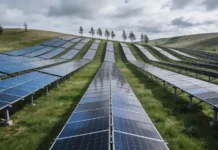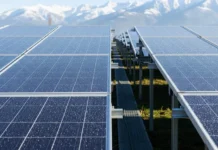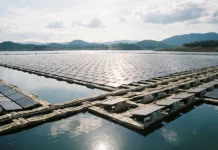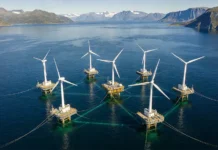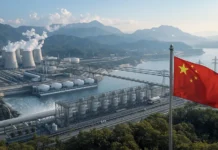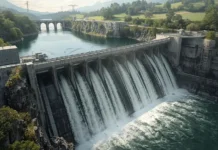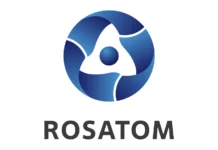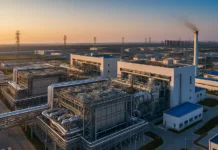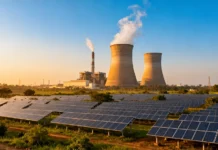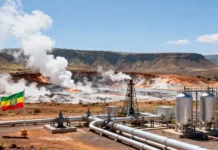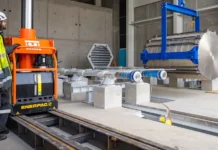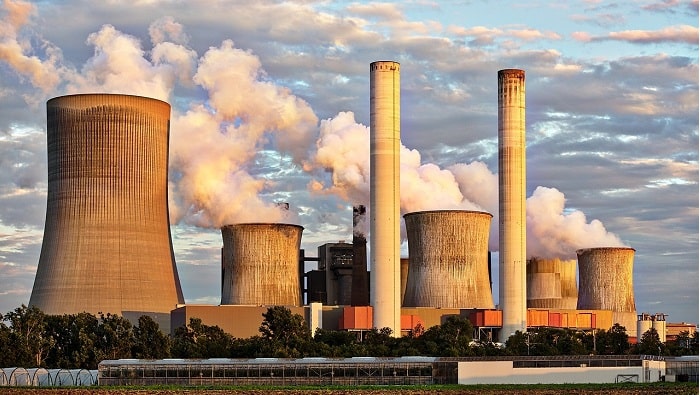Thermal energy storage comprised of heating or cooling as a storage medium is tested and deployed in a wide variety of applications. But key barriers remain limiting its uptake across energy systems, the organisation says.
Approximately 234GWh of thermal energy storage is deployed globally. To meet the Paris Agreement targets, the capacity should increase more than three-fold to reach at least 800GWh by 2030.
The outlook report on thermal energy storage evaluates the role of the technology and offers policy recommendations to accelerate its uptake.
Thermal energy storage offers a wide choice of technologies ranging from molten salt and other solid and liquid mediums to compressed and liquid air.
Of these molten salt is currently the most used in the power sector, due to its advanced technological readiness and its application with concentrated solar power (CSP) plants. Molten salt storage capacity of over 21GWh is currently installed worldwide.
In IRENA’s Paris Agreement-aligned energy scenario, with more ambitious renewable energy growth than current trends, additional CSP capacity of 56GW would be needed by 2030. This in turn would deliver between 491GWh and 631GWh of molten salt storage, with cumulative investment between $12.3 billion and $24.4 billion, depending on the CSP technology used.
Thermal storage benefits
The report notes a key benefit of thermal energy storage as helping to decouple heating and cooling demand from the immediate power generation and supply availability. Thus the resulting flexibility allows far greater reliance on variable renewable sources, such as solar
and wind power.
Used in district heating or cooling systems, thermal energy storage can enable energy to be stored on a seasonal basis.
To meet the expected cooling demand the global thermal energy storage for cooling needs to double by 2030, the report says.
Sign up to our newsletter
Key barriers to thermal energy storage identified include lack of technology readiness and lack of knowledge of the benefits.
Investments to drive technological development and measures to enhance market pull are required, says IRENA. Combined with a holistic energy policy aimed at scaling up renewables and decarbonising energy use, these can unlock rapid growth in thermal energy storage deployment.



